
The Shelby GR-1 rehashes the Cobra Daytona Coupe
Story and Photos by
Steve Temple
What follows are the final chapters in the astounding career of Carroll Shelby — literally. A new book has just come out titled The Last Shelby Cobra by Chris Theodore, former engineering vice president at both Ford and Chrysler. While the subhead indicates that it’s about “My Times With Carroll Shelby,” since Chris worked directly with Shelby, it’s actually much more. This intriguing tome reveals in detail just how relentlessly creative and controversial Shelby was, even right up to his death in May 2012.
While we’ll touch on some highlights from the book, what we want to focus on in particular is the chapter on the Shelby GR-1, a fascinating concept that follows in the footsteps of the Cobra Daytona Coupe. Recently I was able to examine the car personally at Shelby Legendary Cars in Irvine, California, and also inspect some related engineering documents in the office of Lance Stander, who serves as president and CEO.
By way of background, Chris has extensive experience in the automotive industry. He once served as the director of Jeep/Truck Powertrain, and in the spring of 1988, his team was working on a new V10 truck engine when he was asked to show the plans to Shelby and discuss a new halo car concept — the Dodge Viper.
Later on, in the early 2000s, he switched horses to Ford and was instrumental in bringing Shelby back into the Ford fold. Notably, he worked on projects such as the Ford GT, the Shelby Cobra prototype (Daisy), the Shelby GR-1 and ultimately the new line of Shelby Mustangs produced by Ford.
Space doesn’t permit covering every detail of Chris’ book, but it suffices to say it’s a compelling read, backed up by not only his firsthand experiences with Shelby, but also corroboration from other key individuals. Before getting into the chapter on the Shelby GR-1, Chris shares several key episodes leading up to the car’s development, along with Shelby’s stature in the industry.
He starts out by drawing a dramatic distinction between Shelby and another automotive legend, Enzo Ferrari.
“Enzo had only been a mediocre race driver, but possessed the managerial and political skills to create a conquering scuderia [stable], and ultimately the bespoke brand of automobiles that carried his name. Carroll Shelby, on the other hand, was a risk taker, engaging and funny. His East Texas drawl, ‘aw shucks’ down-home self-deprecation, just-do-it attitude and public persona was something that everyman could love. He was equally at home with barons, movie starlets, business executives, race drivers, mechanics and the man on the street. He had a magical way of engaging and connecting with them all. Carroll wasn’t an engineer or car designer. Nor was he a detail-oriented manager. He had the knack to seize an opportunity, attract and select the right people and turn them loose to accomplish seemingly outlandish goals.”
Clearly Chris knew Shelby the man well and his engaging approach to life and business. During the years that Chris worked with Shelby on the Viper, he once approached him during a heated debate at Chrysler about the technical aspects of the car and asked for his opinion of the car.
In typical Shelby understatement, he drawled, “‘Aw Chris, I’m just an old marketing guy. You guys are the experts.’ True, Carroll had long ago learned the benefits of marketing with his trademark bib overalls, and ‘just a chicken farmer’ humility, but he was very much more than that. Years of racing and building cars with the likes of Phil Remington and Ken Miles had taught him what it took to build a great ‘sport’ car.”
Despite a previous falling out between Shelby and Ford execs, as explained in detail in the book, eventually they reconciled. That led to “Project Petunia,” the GT40. (If you’re wondering how the GT40 became the Ford GT, it’s actually Safir GT40 Spares that owns the trademark rights to the name.) While Ford secured the naming rights for the concept car, that was not the case for the production car.
Moving forward with the project, Chris points out that Shelby was much more than a figurehead for its development.
“I think most team members thought Shelby’s role would be limited to that of ‘spiritual advisor,’ but Carroll took the role of ‘senior technical advisor’ seriously. He could still expertly handle a car and spent a lot of time evaluating the GT40 as development progressed, starting with the workhorse.”
Following the enthusiastic reception for the Ford GT, Shelby took on yet another project, code-named Daisy. This would eventually become a modernized version of the Cobra with a V10 engine. But why a V10 instead of a V8 or some other power plant?
“Back in the early days of the Ford GT, I called together guys from the Petunia skunkworks, SVT, Ford Racing and Advanced Powertrain to discuss engine alternatives. There were four factions: One wanted a small displacement high-revving motor like a Ferrari V8; another wanted twin turbos; a third pushed for a supercharged Mod V8, like in the SVT Lightning; and I had suggested a large displacement V10.”
Chris’ preference eventually prevailed over these engine alternatives and for solid engineering reasons:
“I could see a horsepower war brewing, and a V10 would allow us to supercharge or turbocharge it in the years ahead. The naturally aspirated version would also be lighter and permit a lower center of gravity (Cg) than a supercharged V8. The high-revving engine option was put to rest when I told the guys we needed at least 500 hp and 500 lb-ft of torque. Turbocharging would have been a thermal challenge to execute in a midengine car in such a short time frame. Finally, [John] Coletti convinced me that the only way Petunia could meet its timing objective was if we used the Lightning motors as surrogates in the Ford GT ‘workhorse’ vehicles.”
Eventually, “… four V10s were assembled and installed in the Mustang mule, the 427 concept car, Daisy and a concept car planned for 2005. The Daisy [Cobra] would use the Ford GT transaxle in the rear to improve the interior package and weight distribution. And it wouldn’t be just a pretty concept, but a full-on runner that also used the Ford GT’s steering, brake, and cooling system components. The space-frame used many Ford GT aluminum castings and extrusions as well.”
With all this tech in mind, you might be wondering about Shelby’s take on both his early Cobra and Daisy, “the last Cobra.”
“I never dreamed it would become an icon, as it did. I was just trying to kick the shit out of Corvette,” he admitted at the time. “I’m 80 years old, transplanted heart and transplanted kidney. I wake up three times a night with new ideas. There are so many things left in the world that I want to do that I don’t even care what I’m remembered as. I just want to be there to do a few of those things, and building a new Cobra is number 1.”
Several of his innovative ideas are covered at the end of the book, but it’s time we dig into the Shelby GR-1. It all started back in 2003, when the Cobra concept was agreed to by Ford designer J Mays and Shelby. It only made sense for them to follow it with a coupe in the mold of the beautiful Shelby Daytona designed by Peter Brock. But it would have its own distinct personality and hit like a lightning bolt.
“The actual sketch for the ‘Daytona’ came about one day in November thanks to a young designer, George Saridakis,” Chris relates. “He had seen the Daisy rolling chassis at the Irvine studio, and thought, ‘What can I do with this?’ In a stroke of genius, he sketched three different views of a gorgeous coupe. When J saw them, he told George, ‘Don’t change a thing,’ and sent them along to me. I immediately agreed — it was exactly what we were looking for. Rarely in my career have I seen a sketch that immediately screamed, ‘This is it!’”
Lightning in a bottle, to be sure. As for the name, he doesn’t recall who came up with the GR-1 designation. “Reportedly, the GR stood for ‘Group Racing.’ To me it didn’t matter, so long as the name Shelby was attached to it.”
In our view, it also seems a fitting acronym for the “Great One.” And the drivable chassis lived up to that meaning on the track: “…like driving a 600 hp go-kart!” Chris enthused.
At the unveiling of the body design, response to the GR-1 was unequivocally positive. For the prototype car, however, the body would not be made of fiberglass as initially seen at the unveiling:
“While the body panels were indeed superplastic formed (a process where aluminum sheet is heated to 500 degrees centigrade and then slowly blow-formed over the tool with hot air), the front fascia exhibited too much spring-back. No amount of heating or beating could persuade the aluminum to take the proper form. Consequently, the entire front had to be NC milled out of a block of aluminum — an expensive process.”
Ensuing chapters of the book cover several other projects, including a Super Snake, the Uni-Chassis, a few secret projects and various new technologies, all of which surprised Chris:
“It struck me as unusual that a man in his 70s and 80s would continue to be curious and interested in exploring a wide variety of subjects and technologies, but Carroll was always working on new stuff.”
As a fitting finale to Chris’ times with Shelby, he ended up acquiring Daisy, the 2004 Shelby Cobra concept, at auction and later got it up and running. But he also feels that the Shelby GR-1 needs to be on the road too. “It is, arguably, the best-looking car I ever worked on, and I believe it outshines contemporary grand touring cars.”
A great one indeed!

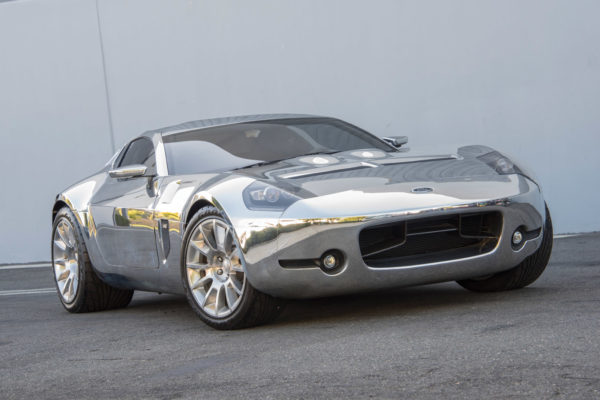
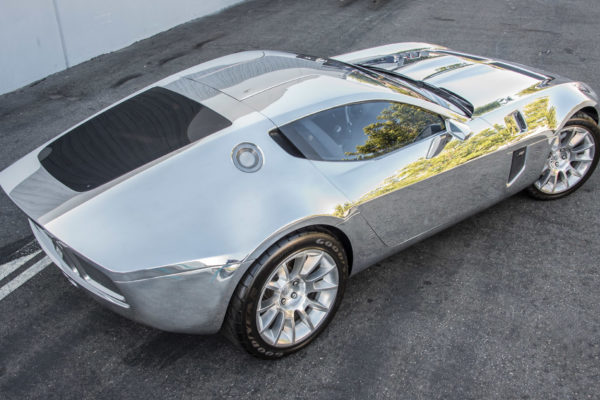
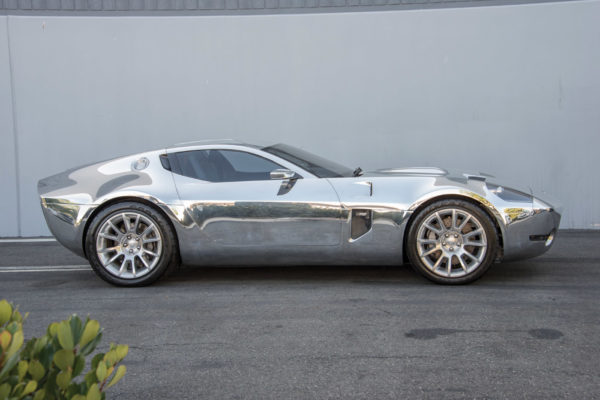
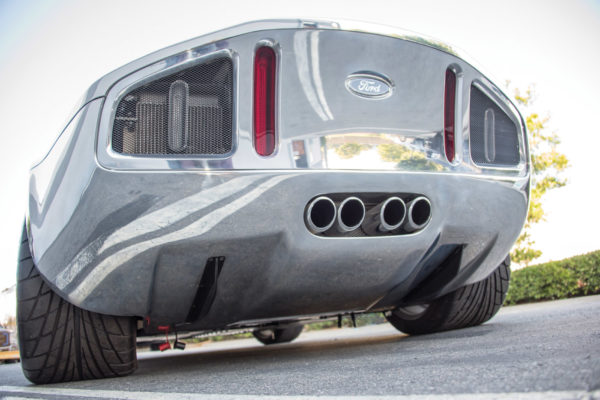
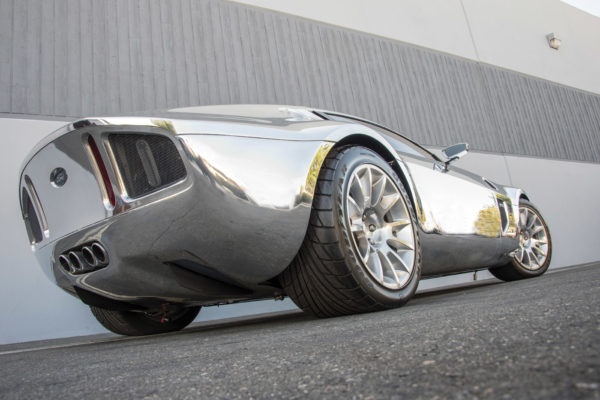
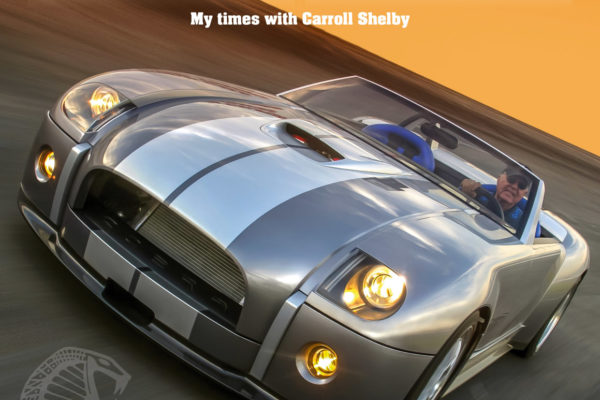
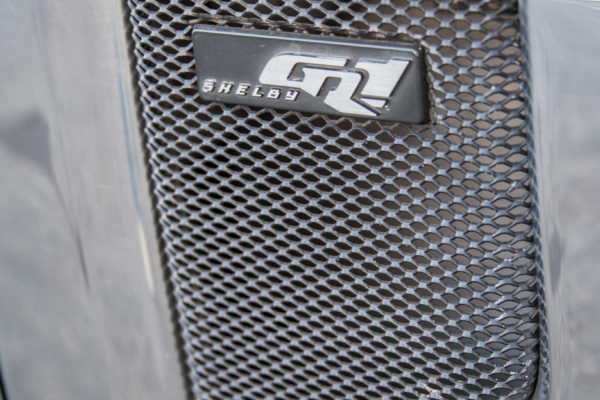
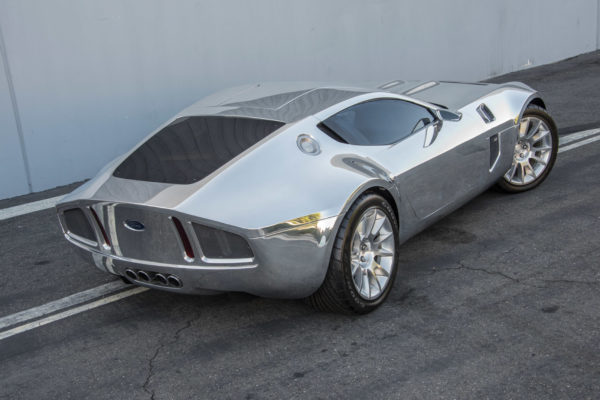
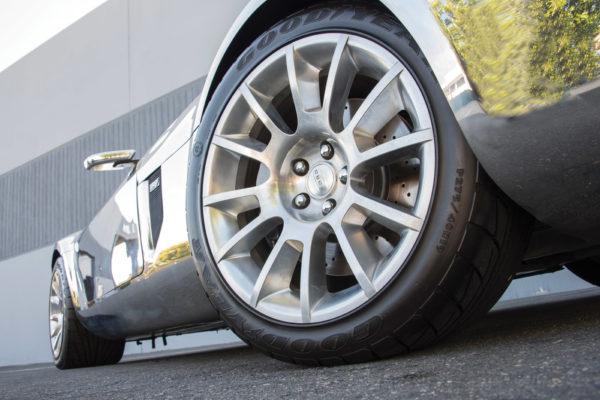
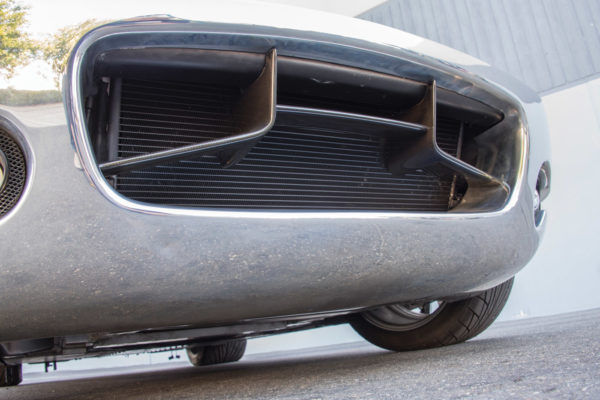
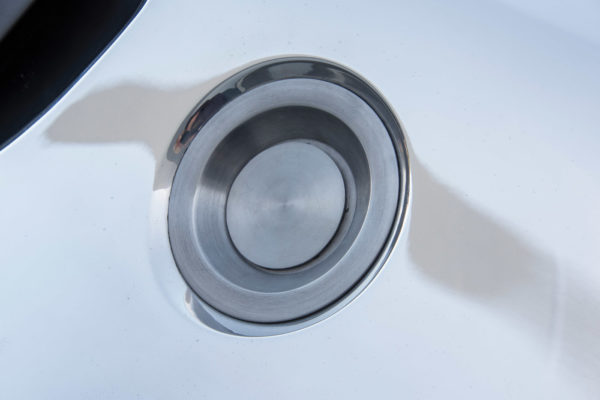
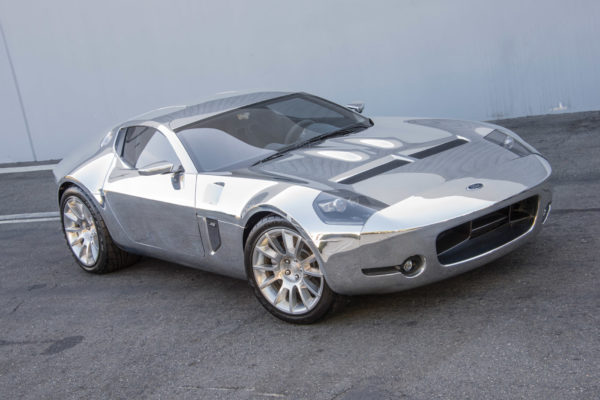
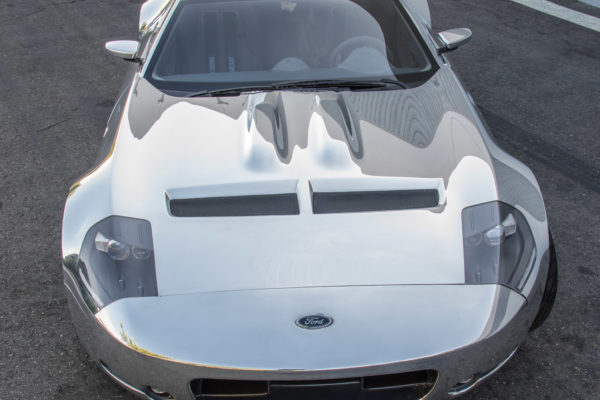
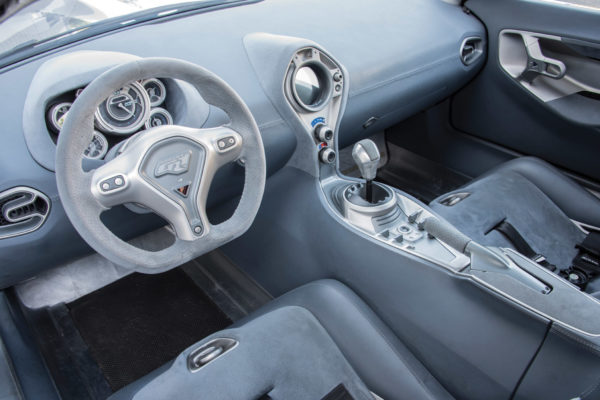
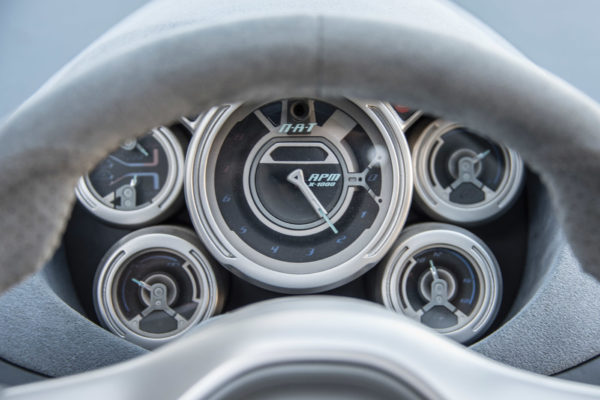
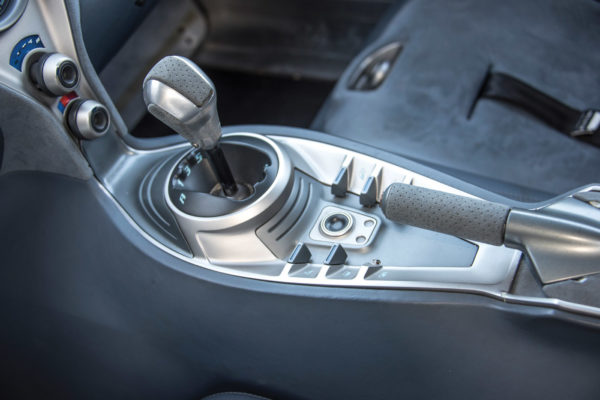

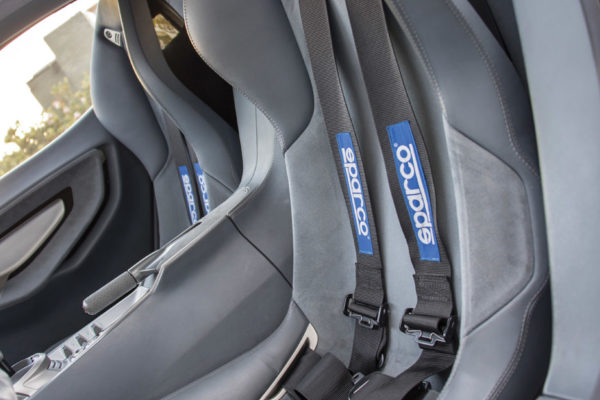
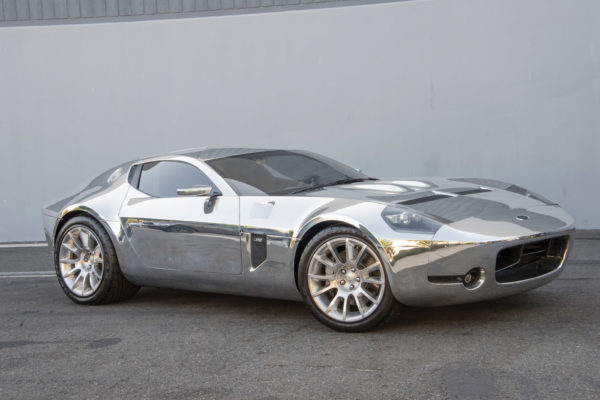
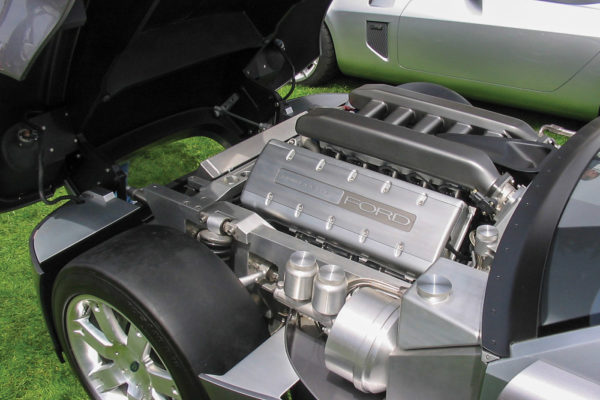
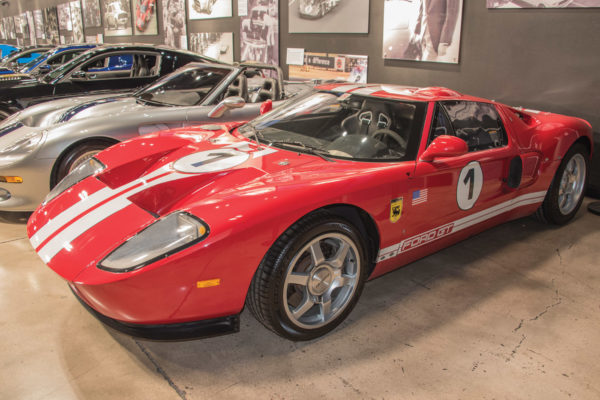
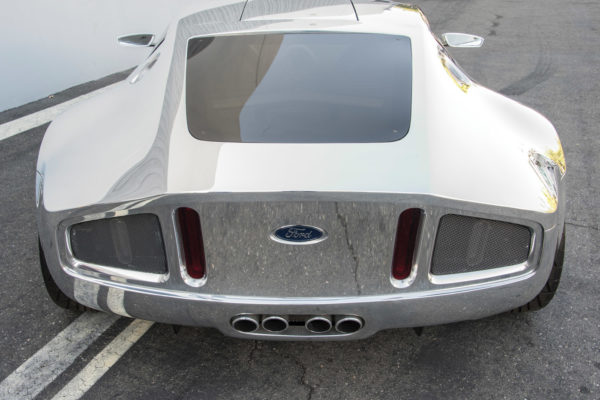
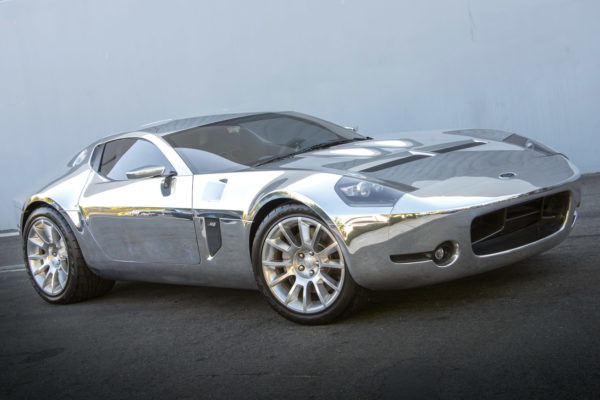
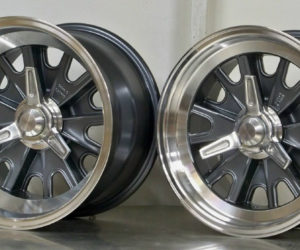
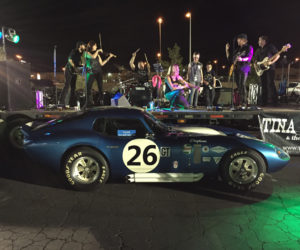
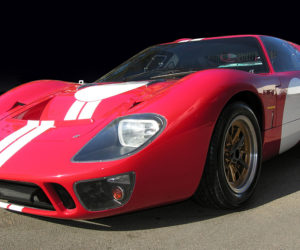
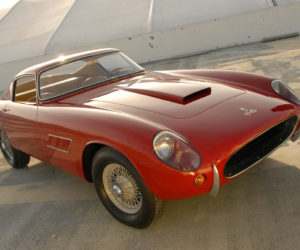
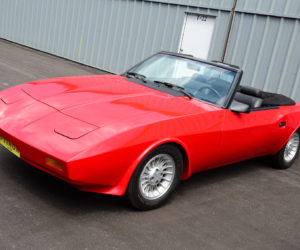
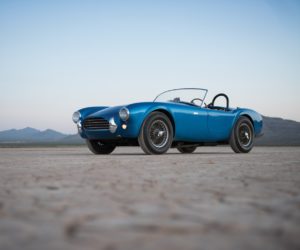




Comments for: The Great One
comments powered by Disqus